This post is the start of a series of post that help introduce STEAM learning and how you could implement it in early years.
So lets dive right in!
Understanding STEAM
STEAM stands for Science, Technology, Engineering, Art, and Math.
STEAM is a way of thinking, that integrates multiple of the STEAM subjects and allows for development of critical thinking and problem solving.
Why are these subjects put together?
All the STEAM subject focus on the same approach. They all require some level of critical thinking, gathering of information or evidence and using it to create new knowledge or solve problem.
Children are naturally curious and through play and exploration they acquire and practice STEAM learning, which makes STEAM learning natural and great for Early years.
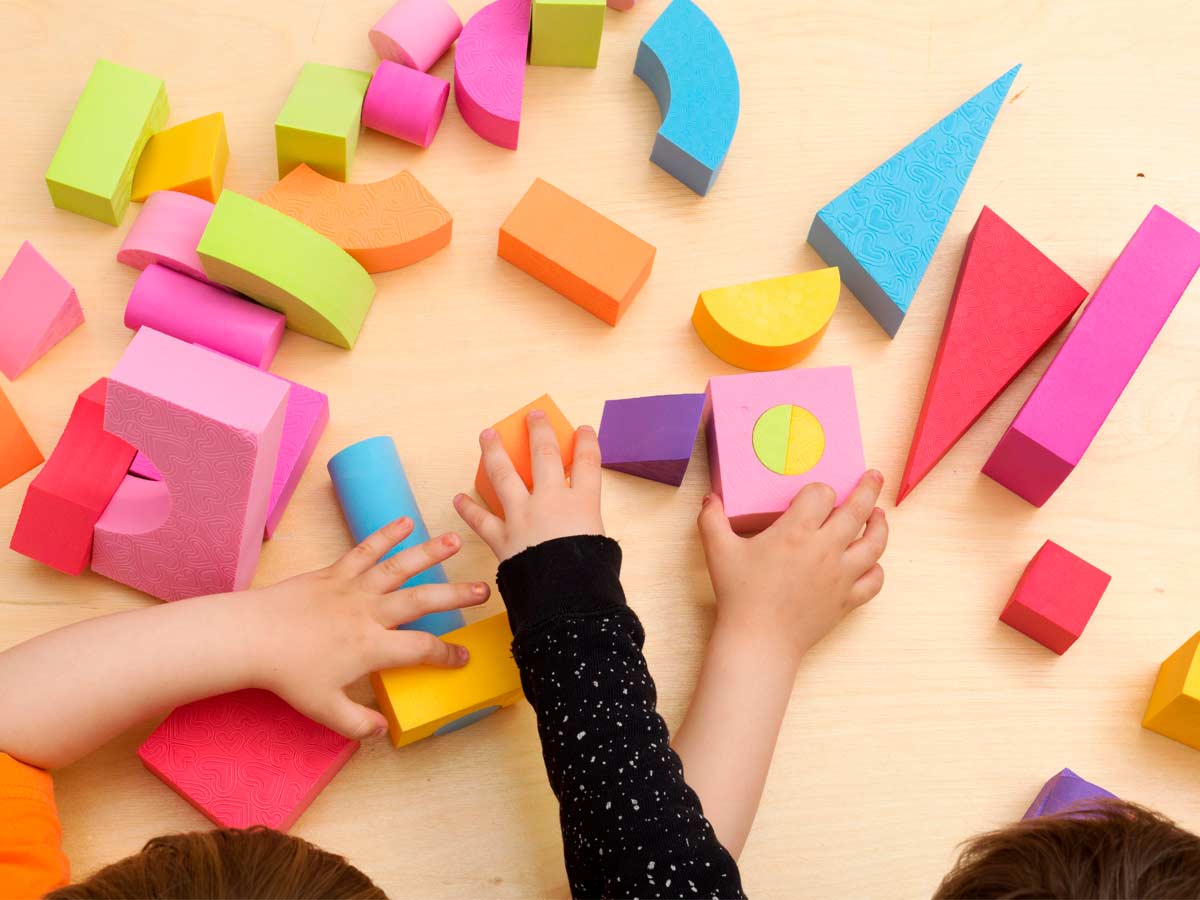
How can we foster STEAM learning in early years?
Our jobs as adults is to create a STEAM rich environment. This means providing children with a variety of materials that encourage them to wonder, explore and create. Through experimenting, exploring, learning, and playing, they can then start to connect, problem solve, mix, transform, test, record, design and wonder about the world around.
One of our favourite things about STEAM learning is that it involves hands-on learning, no teaching the child what to do or how to do it. But rather, exploring together, trying out and experiment and gathering evidence. Using this newfound knowledge to further develop and learn about the world around them. In early years, this could look like examining shapes, building forts and castles, playing kitchen, experimenting with snow, pouring liquids, mixing paint, to name a new.

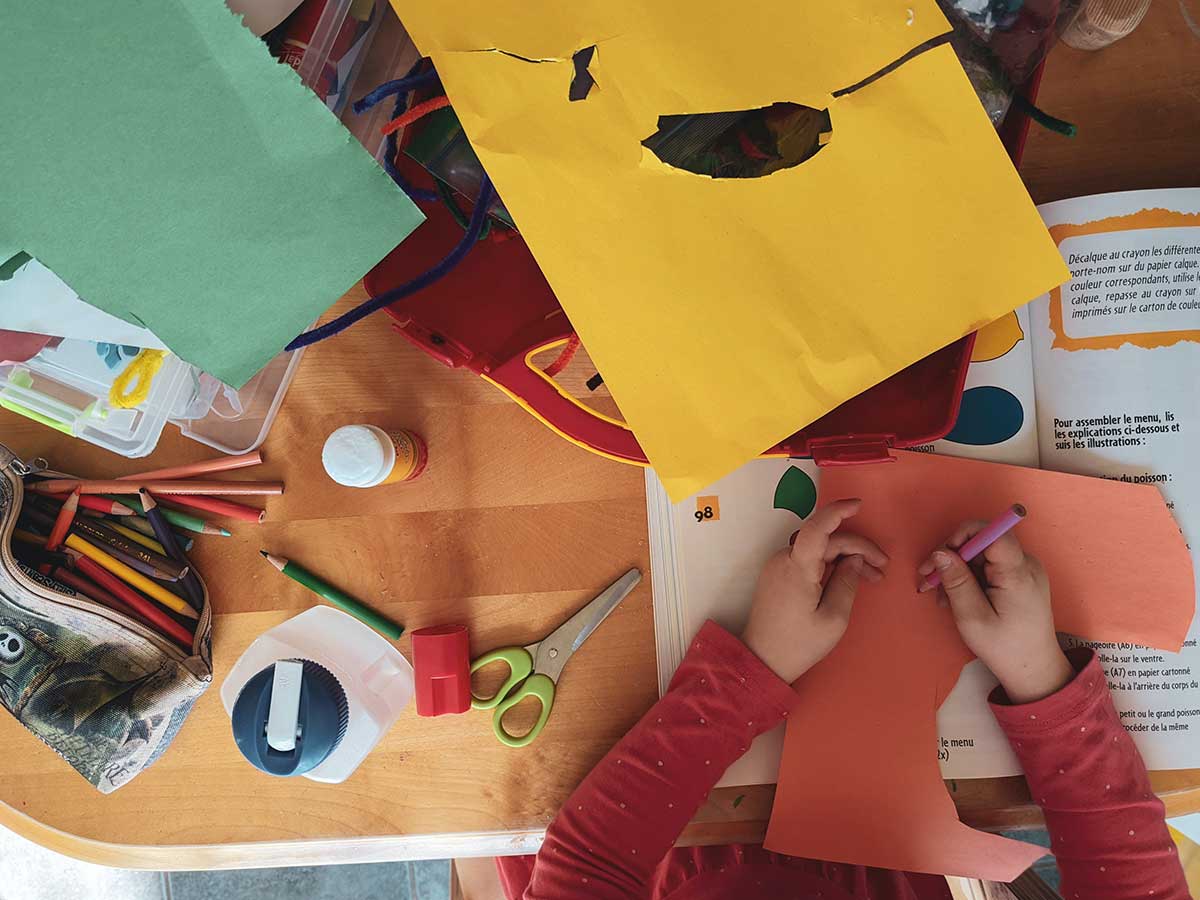
Fostering STEAM in early years can be daunting sometimes. Where to start, what materials to use and how to start? Are a few questions that are commonly asked by educators and parents who want to incorporate STEAM in their play or learning environment. But don’t you worry, I have you covered.
To help you get started on you “STEAM in early years” journey we have created a list of ideas below and some amazing STEAM prompt challenge cards called the POSITIVE STEAM-VENTOR CHALLENGE CARDS.
The challenge cards pack includes 20 challenge cards, an introduction in creating your own inventors supply box, and a bonus for educators and parents. We have two different sets, one for 3-5 year old’s and another for 6-9 year old’s. Through the prompts, you these cards allow for children to explore, experiment and problem solve while building a positive growth mindset. Do check them out!
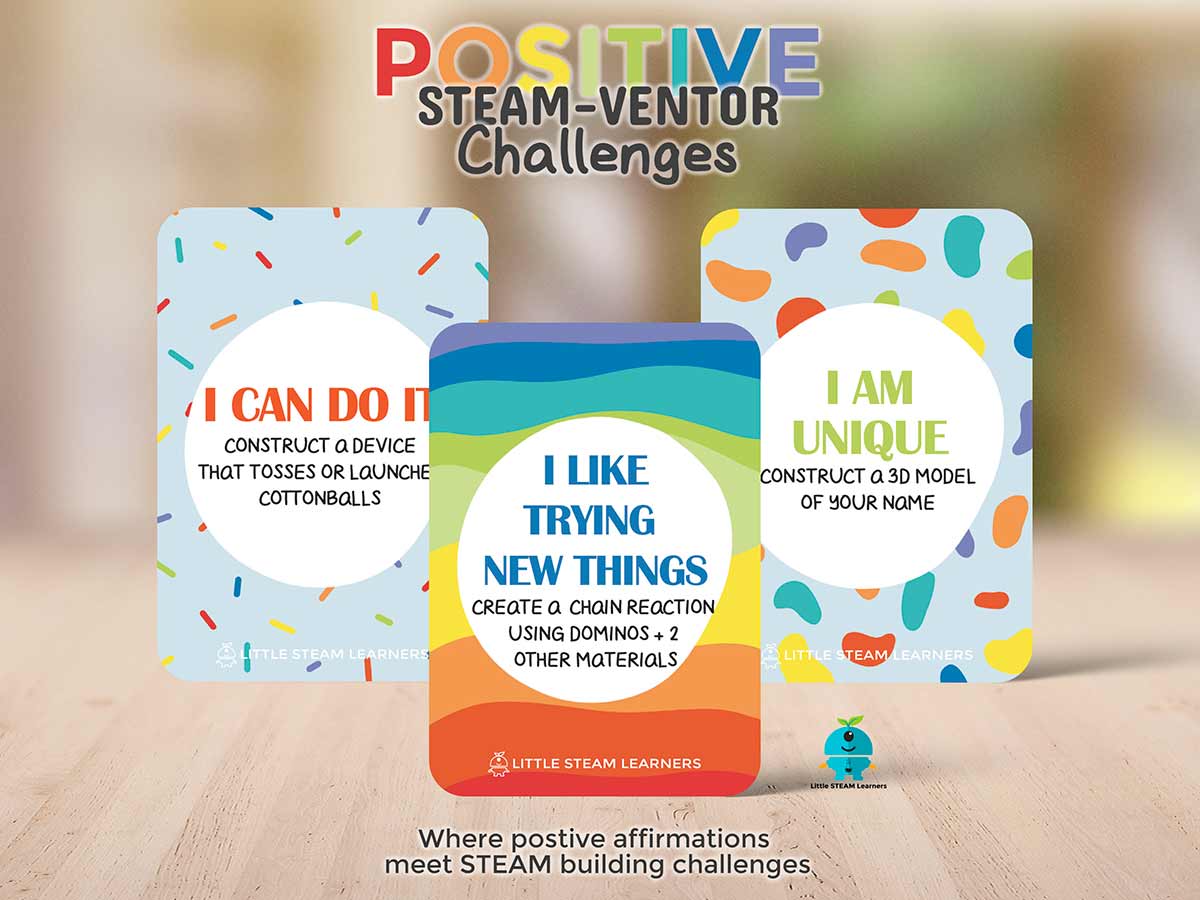
Quikc ideas/ tips for STEAM rich activities:
- Explore the outdoors. Outdoors is a great place to start STEAM learning. Go for walks, make stops, observe and ask questions.
- Use STEAM language everyday. Like size words, numbers, wondering questions, or asking questions that require problem solving.
- Water play: use different containers, funnels tubes to pour and play with water
- Measurement: Put out a weighing scales or create one that allows children to explore measuring. Use it indoors or outdoors.
- Have a mini laboratory available for kids. This could include simple materials such as spoons, cups, measuring devices, magnifying glass and more.
- Have simple building toys always accessible. The more open ended the better. Some examples are wooden blocks, train tracks, Legos, foam blocks.
- Include some technology resources like ramps, pulleys, screwdrivers, scissors as well as a camera or an iPad to take pictures and videos and explore the world around them.
- Allow for free play with open ended toys such as stacking cups, blocks, etc. During free play a lot of inquiry and learning happens.
- Provide for materials and opportunities that allow for creativity like mixing, drawing, painting, building, designing, making and tinkering.
- Have materials that engage the senses like textures, smalls, sounds, lights etc.
- Play games that allow for executive function to develop like, sorting, sequencing, Simon says, patterns etc.
- Read STEAM books.
To further your inspiration, I thought you may also ike the following posts.
Paper Columns
Tactile Sensory Balloons
Gravity Action Art
Baker’s Spin Art
Balancing Sculptures
We hope this information will help you get started on your “STEAM in early years” journey. The next series of posts on material suggestions and types of questions to ask will be coming soon. Happy STEAMing!

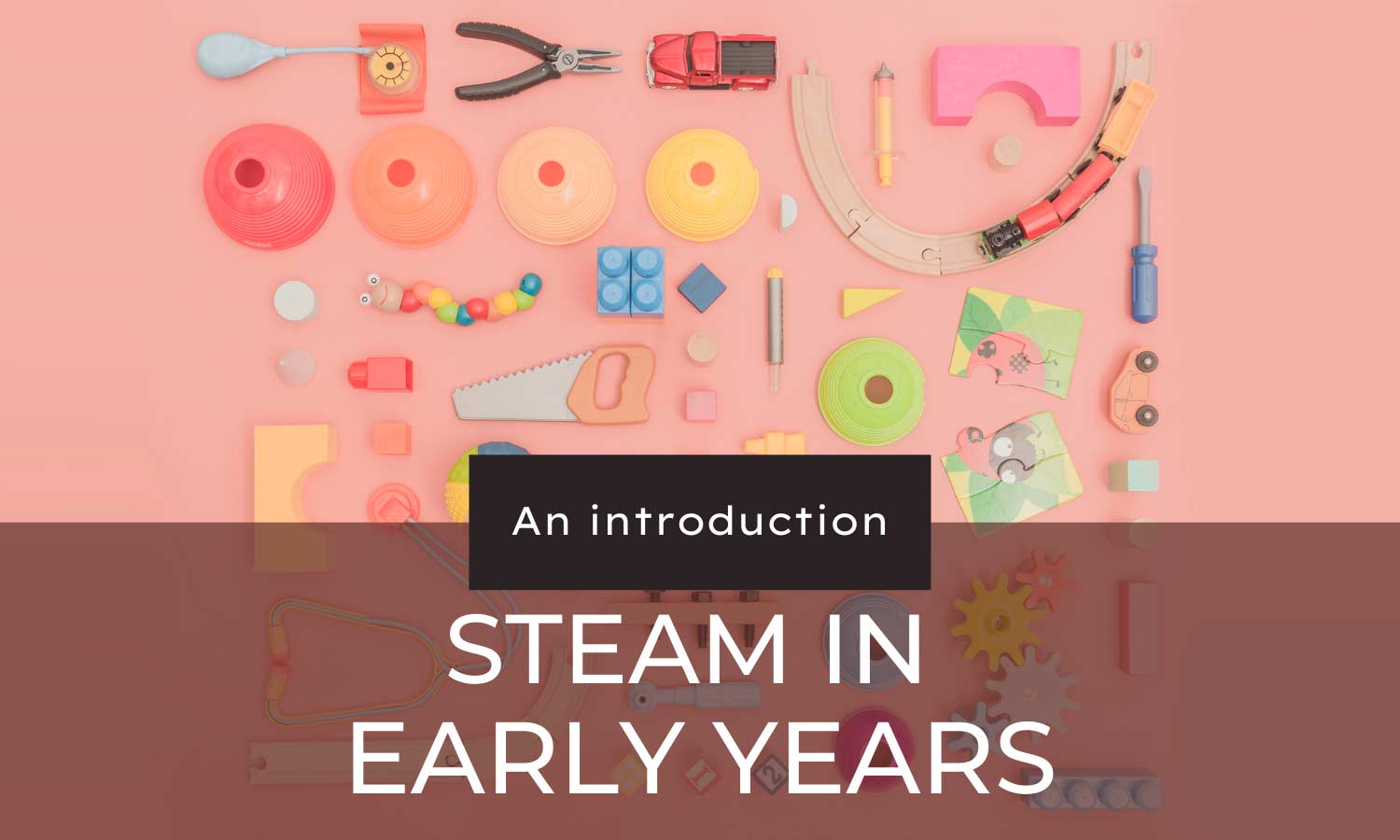
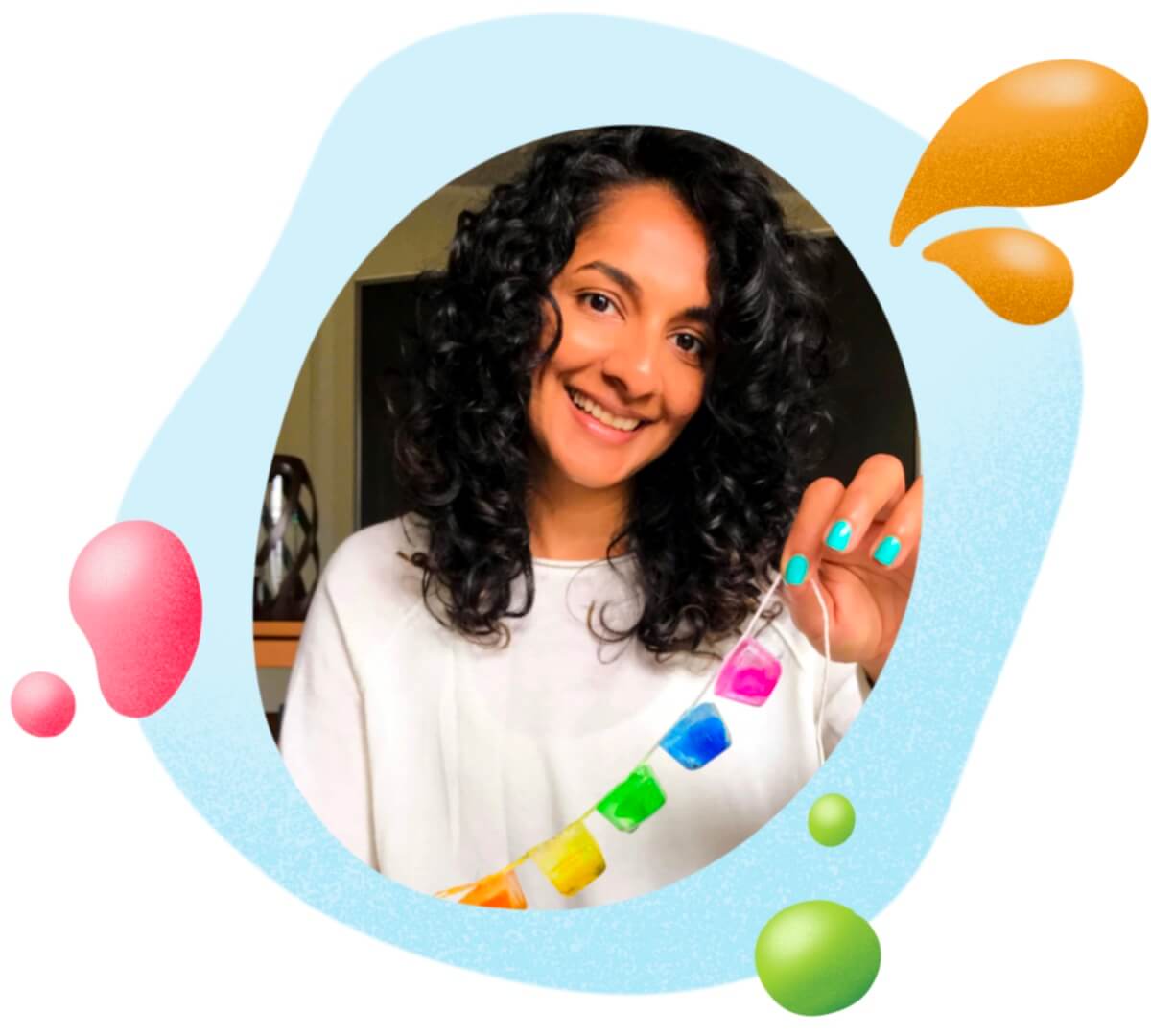
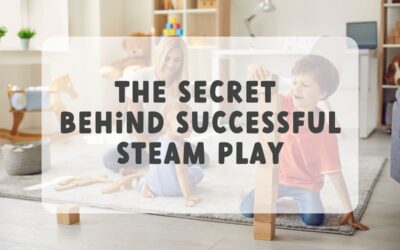
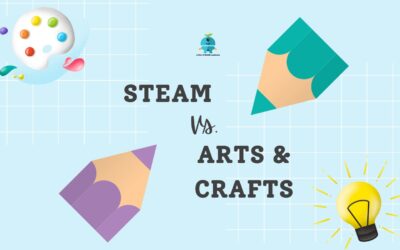


0 Comments